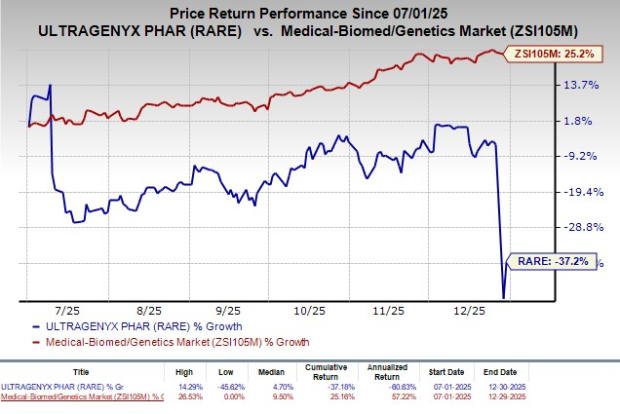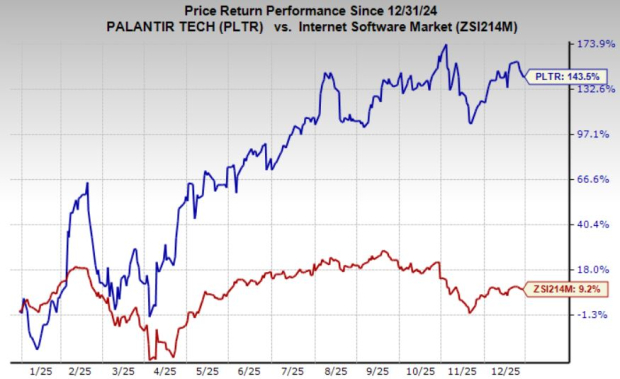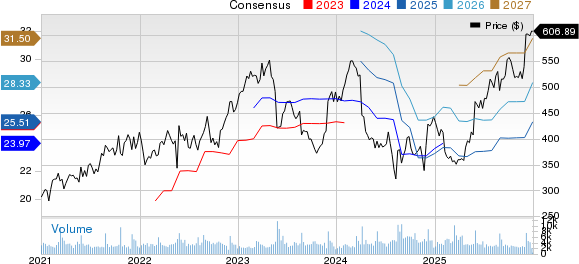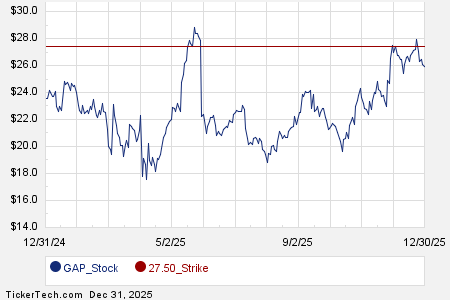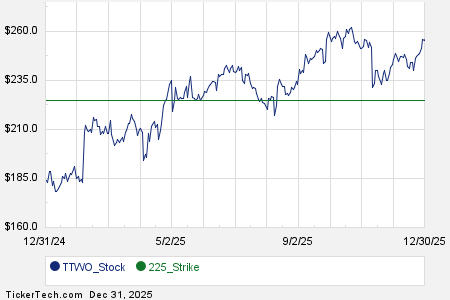CVS Health (NYSE: CVS) saw its net income expand by $4.2 billion or 101% y-o-y to $8.3 billion in 2023. This can primarily be attributed to the opioid litigation charges included in the 2022 results. In this note, we discuss CVS’ margin profile along with its stock performance, over the last three years.
Firstly, let us look at CVS’ stock performance. CVS stock has faced a notable decline of 20% from levels of $70 in early January 2021 to around $55 now, vs. an increase of about 40% for the S&P 500 over this roughly three-year period. However, the decrease in CVS stock has been far from consistent. Returns for the stock were 51% in 2021, -10% in 2022, and -15% in 2023. In comparison, returns for the S&P 500 have been 27% in 2021, -19% in 2022, and 24% in 2023 – indicating that CVS underperformed the S&P in 2023.
In fact, consistently beating the S&P 500 — in good times and bad — has been difficult over recent years for individual stocks; for heavyweights in the Health Care sector including LLY, UNH, and JNJ, and even for the megacap stars GOOG, TSLA, and MSFT. In contrast, the Trefis High Quality (HQ) Portfolio, with a collection of 30 stocks, has outperformed the S&P 500 each year over the same period. Why is that? As a group, HQ Portfolio stocks provided better returns with less risk versus the benchmark index; less of a roller-coaster ride, as evident in HQ Portfolio performance metrics.
Given the current uncertain macroeconomic environment with high oil prices and elevated interest rates, could CVS face a similar situation as it did in 2023 and underperform the S&P over the next 12 months — or will it see a recovery? We estimate CVS Health’s Valuation to be $72 per share, reflecting around 30% upside from its current price of around $56. Our forecast is based on a 9x P/E multiple for CVS and expected earnings of $7.70 on a per-share and adjusted basis for the full year 2024. The 9x P/E ratio is slightly lower than the stock’s 10x average over the last five years.
CVS Has Seen Its Gross And Operating Margins Decline In Recent Years
CVS’ gross profit rose from $49 billion in 2020 to $54 billion in 2023. Its gross profit margin contracted from 18.3% to 15.2% over this period. Similarly, CVS also saw its operating margin contract from 5.2% in 2020 to 4.1% in 2023, and further to 3.6% for the last twelve months period. The company has seen its benefits costs rise 55% between 2020 and 2023, higher than its total revenue growth of 33% over this period. Note that CVS took a $5.8 billion opioid litigation charge in 2022, which weighed on its 2022 net income figure.

Net Income Margin Is On The Rise
Despite the contraction of gross and operating income, the company saw its net income rise from $7.2 billion in 2020 to $8.3 billion in 2023. However, net income margin fell from 2.7% to 2.3% over this period. This can primarily be attributed to the company’s higher benefits costs as well as higher effective tax rate. On an adjusted basis, net income margin has contracted from 3.7% in 2020 to 3.2% in 2023. Still, the adjusted earnings per share increased from $7.50 to $8.74 over the same period, due to a 2% fall in total shares outstanding, amid share repurchases of $5.5 billion.
Furthermore, the company’s outlook for 2024 is not encouraging. It expects its earnings to be in the range of $7.00 and $8.30 on a per share and adjusted basis, compared to the $8.74 figure seen in 2023. This can primarily be attributed to higher expected medical costs.
Given the current procedure volume growth, CVS will likely see elevated medical costs in the near term, weighing on its overall margin profile. Despite the near-term headwinds, we think CVS stock has ample room for growth, and investors willing to enter will likely be better-off picking CVS after its recent dip.
While CVS stock looks like it can see higher levels, it is helpful to see how CVS Health’s peers fare on metrics that matter. You will find other valuable comparisons for companies across industries at Peer Comparisons.
| Returns | May 2024 MTD [1] |
2024 YTD [1] |
2017-24 Total [2] |
| CVS Return | -18% | -30% | -30% |
| S&P 500 Return | 5% | 11% | 137% |
| Trefis Reinforced Value Portfolio | 7% | 7% | 657% |
[1] Returns as of 5/27/2024
[2] Cumulative total returns since the end of 2016
Invest with Trefis Market-Beating Portfolios
See all Trefis Price Estimates
The views and opinions expressed herein are the views and opinions of the author and do not necessarily reflect those of Nasdaq, Inc.




